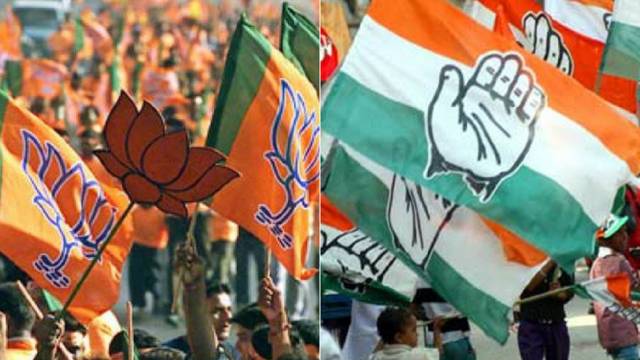Election roundup: Madhya Pradesh
December 11, 2018 | Expert Insights

India’s heartland voted on November 28 to kick off a year-long election cycle in the country which will include the important General Elections in April/May 2019.
Background
India is a federal parliamentary democratic republic in which the President of India is the head of state and the Prime Minister of India is the head of government. India follows the dual polity system, i.e. a double government that consists of the central authority at the centre and states at the periphery.
Governments are formed through elections held every five years (unless otherwise specified), by parties that secure a majority of members in their respective lower houses (Lok Sabha in the central government and Vidhan Sabha in states). India’s federal form of government requires each state to also has its own government.
Madhya Pradesh is the second largest Indian state by area and the fifth largest state by population with over 75 million residents. The last Legislative Assembly elections saw the BJP retain a majority with 166 seats out of a possible 231. CM Shivraj Singh Chauhan began his third term as Chief Minister in 2013 and has stood for re-election in 2018 from Budhni constituency.
Analysis
The state of Madhya Pradesh (MP) held its 12th Legislative Assembly elections on 28th November 2018. Colloquially known as the “Heart of India”, MP is a crucial battleground state for both the Incumbent Bhartiya Janata Party (BJP) and the Indian National Congress (INC) in the upcoming General Elections in April-May 2019.
While the Shivraj Singh Chouhan government will try to win for a consecutive 4th term, the INC will fight for winning the state after 2003. It is also a major battle between senior Congress leader Arun Yadav and the incumbent Chief Minister Shivraj Singh Chauhan as they face off each other in Budhni constituency.
The BJP has contested in all 230 seats whereas the INC has contested in 229, leaving one seat for the Sharad Yadav-led Loktantrik Janata Dal (LJD). The INC appears to be making minor concessions already, implying a strong intent to defeat the BJP, either by achieving a majority or by forming a coalition with willing partners.
The Election commission of India reported a healthy voter turnout of 75.05%, an increase of 2.98% from the 2013 Legislative Assembly elections.
The biggest area of concern for the BJP will be anti-incumbency sentiment for Shivraj Singh Chauhan, who has been in power since 2005. Although CM Chauhan has had a relatively successful tenure so far, the Vyapam scam, unearthed in 2013, could have a negative impact on the BJP’s vote share, particularly with urban and educated voters.
The election was not without its share of controversies, the most prominent one being that of the voting machines. Ever since the 2014 General Elections, there have been repeated instances of Electronic Voting Machines (EVMs) being rigged to favour one party. The Election Commission replaced 1,545 Voter-verifiable paper audit trail (VVPAT) EVMs after an allegation that they were tampered with and were “malfunctioning”.
Additionally, MP has 29 Lok Sabha seats, so the party which wins this election will have a slight advantage in the upcoming General Elections in 2019.
Assessment
Our assessment is that MP will have a hung assembly with no party having a clear majority. We believe that the INC stands a better chance of forming a government as it has willing partners to form a coalition. We also feel that there is a strong anti-incumbency factor against CM Chauhan who has been in power since 2005.








Comments